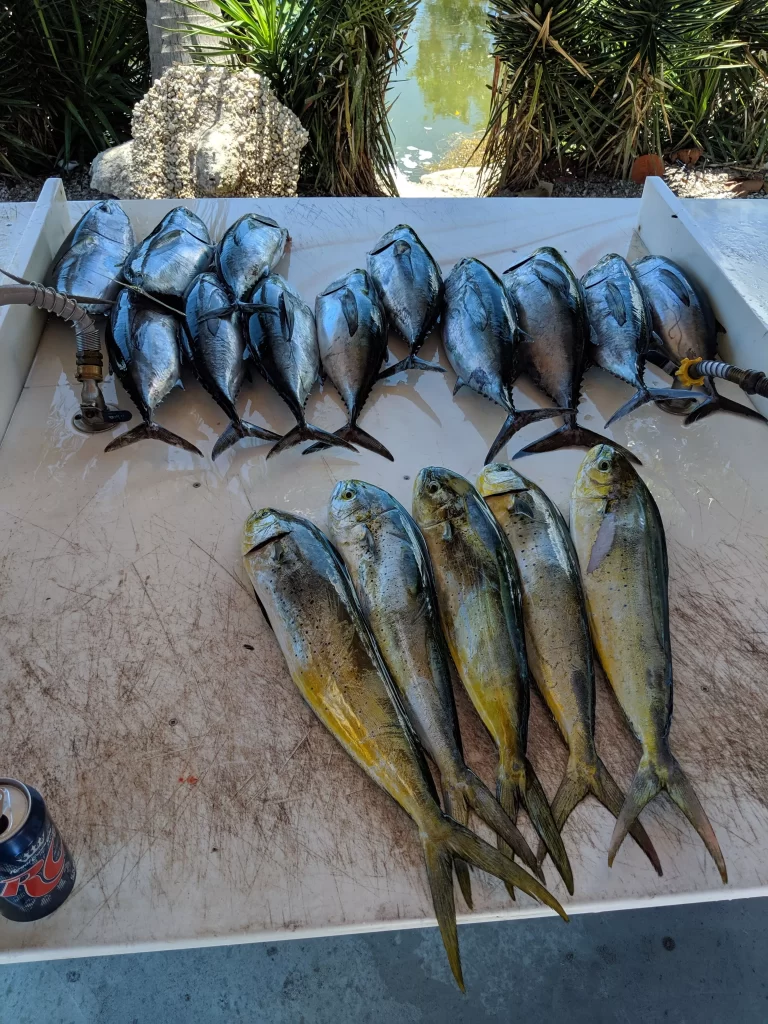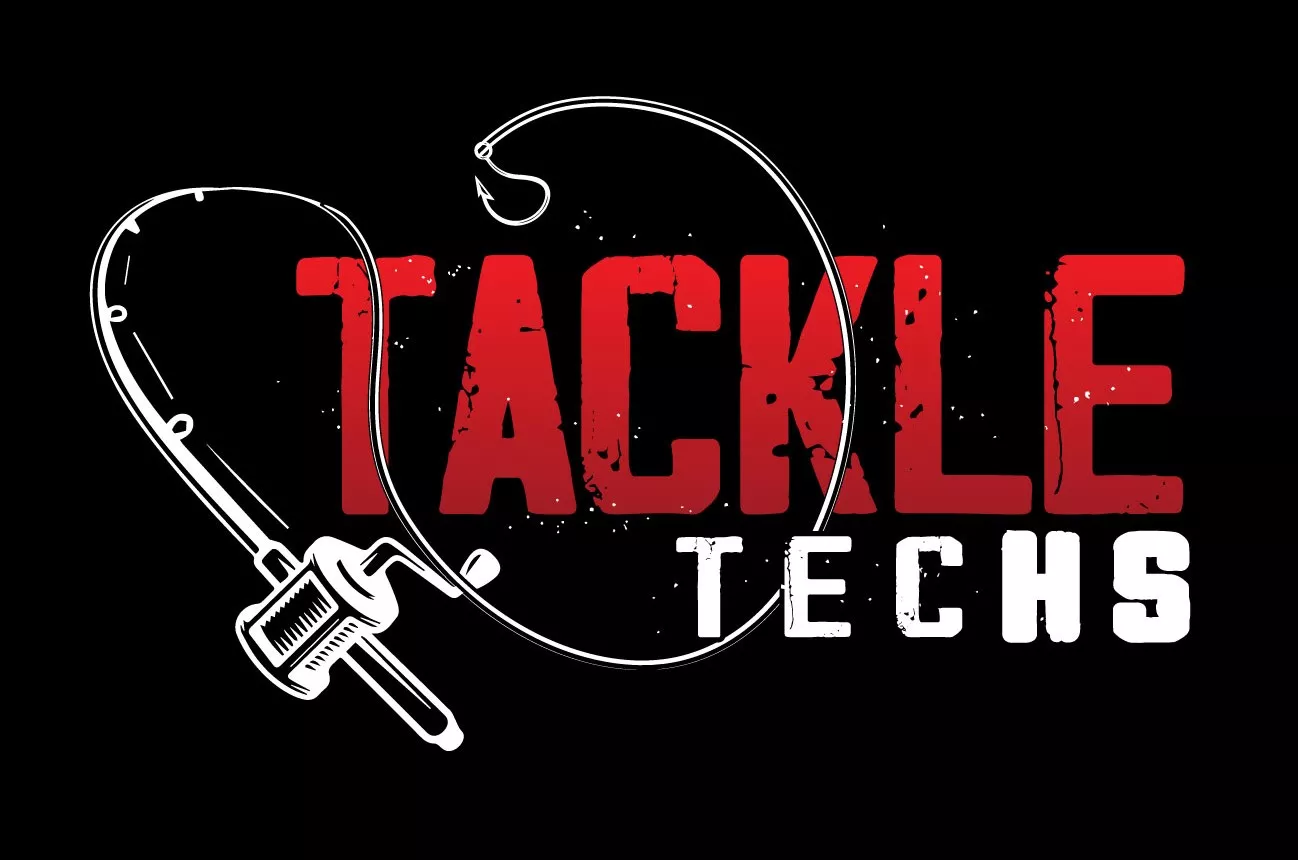The 5 Surprising Benefits of Slow Pitch Jigging for Sustainable Fishing
The Benefits of Slow Pitch Jigging for Sustainable Fishing
Compared to other fishing methods, slow pitch jigging offers several advantages for sustainable fishing, including reduced bycatch, minimized impact on the ocean floor, and energy efficiency. In this article, we will explore the benefits of slow pitch jigging for sustainable fishing and why it’s an important technique for preserving the health and biodiversity of our oceans.
Whether you are a seasoned angler or a beginner, this guide will provide you with the information you need to understand the sustainability benefits of slow pitch jigging and how you can practice this technique in an eco-friendly way.
Table of Contents
Reduced Bycatch

Bycatch refers to the capture of non-target species, which can result in the death or injury of these animals. Traditional fishing methods often result in high levels of bycatch, which can have a negative impact on the ecosystem and threaten the sustainability of fish populations.
Slow pitch jigging, on the other hand, is a more precise and targeted fishing method that allows anglers to select specific species of fish to target. By dropping the jig directly to the bottom of the ocean and slowly lifting and dropping it to mimic the movements of a wounded fish, anglers can attract only the target species they are aiming for. This means that slow pitch jigging has a lower bycatch rate than other fishing methods.
Higher Survival Rates For Released Fish
Catch and release is a crucial aspect of sustainable recreational fishing, as it allows fish to be returned to the water to continue their life cycle. Slow pitch jigging often results in better hook placement, with fish frequently hooked in the jaw rather than deep in the throat or gut. This allows for easier unhooking and reduces the risk of injury, increasing the survival rates of released fish and contributing to the overall sustainability of recreational fishing.
You can also increase the chance of these fish’s survival by using the techniques demonstrated in our Slow Pitch Jigging Guide.
Reduced Resource Consumption
Utilizing artificial lures, as opposed to live or dead bait, brings about several ecological benefits. One of these is the reduced demand for baitfish and other bait sources, which helps conserve these species and their ecosystems.
Baitfish, such as sardines, anchovies, and other small fish, play a crucial role in marine food webs, providing sustenance for numerous predatory species. Overharvesting of baitfish for use in recreational and commercial fishing can lead to a decline in their populations, putting pressure on the ecosystem and disrupting the delicate balance between predators and prey. This can ultimately have a negative impact on the very fish species that anglers love to target, as their natural food sources become scarce.
Moreover, the use of frozen bait often involves packaging in plastic bags or containers, which can contribute to plastic waste. Discarded plastic waste often finds its way into the ocean, where it poses a significant threat to marine life through entanglement, ingestion, and habitat destruction. Over time, plastics break down into microplastics, which can accumulate in the food chain and even affect humans as they consume seafood.
Coral Preservation
Anchors and their chains can cause significant damage to coral reefs. When dropped onto a reef, the anchor and its chain can break and dislodge coral colonies, as well as crush or smother the delicate organisms that make up the reef. This damage can have long-lasting and potentially irreversible effects on these vital ecosystems.
Coral reefs are among the most biodiverse ecosystems on Earth, serving as homes to countless fish, invertebrates, and other marine life. These complex underwater structures provide shelter, breeding grounds, and food resources for a wide variety of species. When anchoring-induced damage occurs, it can lead to a decline in habitat complexity as the intricate coral structures are destroyed. As a result, the biodiversity of the area may be reduced, negatively impacting the overall health of the marine ecosystem.
Slow pitch jigging offers a more environmentally friendly alternative as it eliminates the need for anchoring. Instead, anglers usually drift with their boat, allowing the natural movement of the water to carry them along. By drifting, the risk of anchor-related damage to coral reefs is significantly reduced, helping to protect these delicate and important organisms.
You can learn more by reading about NOAA’s Coral Reef Conservation Program.
Lower Fuel Consumption
Slow pitch jigging primarily involves drifting over large areas, which results in lower fuel consumption compared to other techniques that need constant repositioning or driving, such as trolling.
This reduction in fuel consumption offers multiple benefits, both for the angler and the environment. For the angler, using less fuel leads to lower expenses, making slow pitch jigging a more cost-effective option. Additionally, it allows for longer fishing trips without the need to refuel as frequently.
From an environmental perspective, reduced fuel consumption has a significant positive impact. Burning less fuel decreases greenhouse gas emissions, which are a major contributor to climate change. Furthermore, lower fuel usage leads to a decrease in air pollution caused by the release of harmful compounds from boat engines, such as carbon monoxide, nitrogen oxides, and volatile organic compounds.
Conclusion
Slow pitch jigging is an innovative and eco-friendly fishing technique that offers numerous benefits for sustainable fishing practices.
By selectively targeting species, minimizing bycatch, preserving marine habitats, conserving fish stocks, and reducing fuel consumption, slow pitch jigging promotes a responsible approach to fishing that respects the delicate balance of our marine ecosystems.
As a result, this technique plays a crucial role in ensuring the long-term health and viability of our oceans, while fostering a deeper appreciation for the sport of fishing among anglers.
With the growing awareness of the importance of sustainable practices, slow pitch jigging serves as a shining example of how we can enjoy our passion for fishing while simultaneously safeguarding the future of our marine environment.

